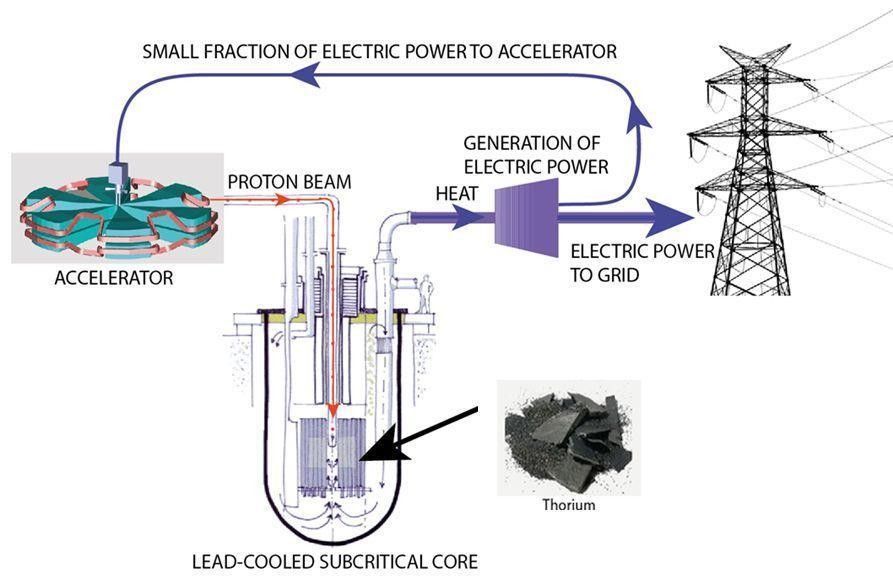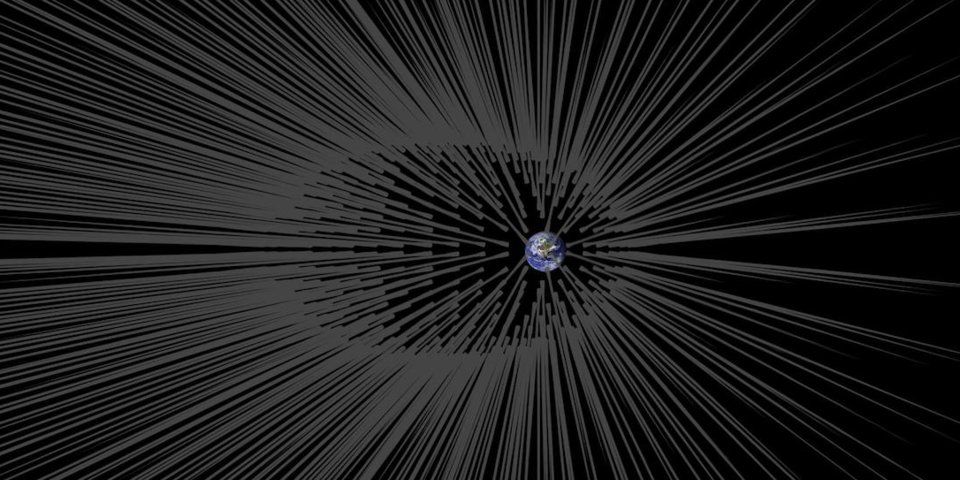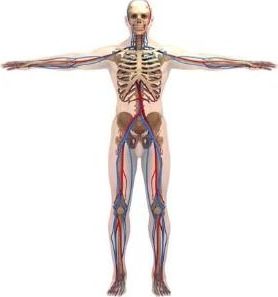And, even with all we know, what still remains unexplained?



If not for long-term radioactive waste, then nuclear power would be the ultimate “green” energy. The alternative to uranium is thorium, a radioactive ore whose natural decay is responsible for half of our geothermal energy, which we think of as “green energy.” More than 20 years of research at the European Centre for Nuclear Research (CERN), the birthplace of the internet and where Higgs boson was discovered, demonstrate that thorium could become a radically disruptive source of clean energy providing bountiful electricity any place and at any time.
Coal and gas remain by far the largest sources of electricity worldwide, threatening our climate equilibrium. Non-fossil alternatives, such as solar power, use up a forbidding amount of land, even in sunny California, plus the decommissioning will pose a serious recycling challenge within 20 years. Solar is best used on an individual household basis, rather than centralized plants. Wind requires an even larger surface area than solar.
As Michael Shellenberger, a Time magazine “Hero of the Environment”, recently wrote: “Had California and Germany invested $680 billion into nuclear power plants instead of renewables like solar and wind farms, the two would already be generating 100% or more of their electricity from clean energy sources.” Correct, but the disturbing issue of long-term nuclear waste produced by conventional, uranium based, nuclear plants still remains.

👀
About 15 years ago, UNC Lineberger’s Dale Ramsden, Ph.D., was looking through a textbook with one of his students when they stumbled upon a scientific mystery.
A small line in the book indicated that a protein that helps repair major breaks in our genetic code did so by adding DNA, or deoxyribonucleic acid, as expected. However, there were hints that it could also add RNA, or ribonucleic acid, at least in a test tube. It seemed unlikely that this would occur during repair of DNA in living cells, since RNA is normally used only as a messenger to carry information from the genetic code to make proteins.
“You would think they must only add DNA during repair of our genetic code, because that’s the core of the central dogma of life; genetic information has to be DNA all the time,” said Ramsden, who is a professor in the UNC School of Medicine Department of Biochemistry and Biophysics. “That’s the way it’s supposed to be. That’s what we’re taught in school.”

Thought experiments can be really useful tools to better understand the implications of abstract ideas—especially ideas that are accepted at face value as self-evident truths. In some cases, they resemble proofs by contradiction in that they allow us to see that, if said ideas were true, they would end up clashing with other ideas accepted as non-negotiable principles. What we’re going to try today is something like that.
Crossing into another dimension
Every long-standing rejuvenation advocate has had to put up with people claiming that aging is a good thing on the questionable grounds that it may help to prevent overpopulation, cultural stagnation, the rise of “immortal” dictators, getting bored of far too long lives, and so on. (I was even told by a friend of mine—a truly stalwart advocate who’s anything but afraid of bringing the topic up whenever he gets the chance—that a man once briskly dismissed rejuvenation nonchalantly by saying, “Come on, a little bit of death is all right.” It’s hard not to wonder if he’d think the same if the people close to him were dying.)

It’s time to take the next great leap in exploration. We are NASA.

The best time to see the meteor showers will be between midnight and dawn on both mornings, wherever you are in the world. If you live in an urban area, you may want to drive to a place that isn’t littered with city lights that will obstruct your view.
Find an open area with a wide view of the sky, and don’t forget to bundle up. If you want to photograph the Leonid meteor shower, NASA suggests using a camera with manual focus on a tripod with a shutter release cable or built-in timer, fitted with a wide-angle lens.


You’ve probably heard a lot about electric bicycles and electric scooters by now. These small personal electric vehicles (PEVs) are often touted as last mile vehicles that can help commuters travel short distances between home or work to other mass transit hubs, or as complete commuting alternatives in cities.
But one PEV you might not have heard about yet are electric unicycles. These odd-looking little EVs consist of just a single wheel that a rider straddles. They self balance like a Segway or hoverboard, but are much more narrow and nimble. Though they look like a toy, electric unicycles might be a more serious transportation alternative than many people think. Read on to learn why.